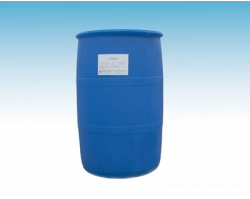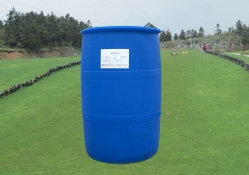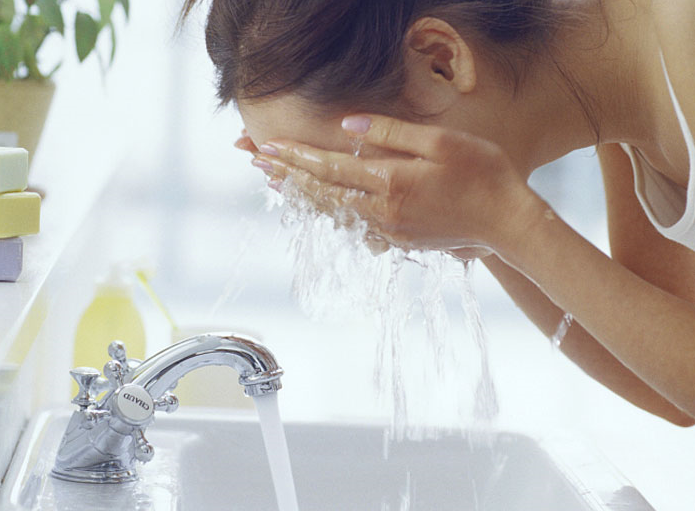Surfactant alkyl polyglucoside is a substance that can reduce the interfacial tension between liquid, liquid, solid and gas. It has the functions of solubilization, emulsifying and wetting, and can dissolve those insoluble petroleum hydrocarbon compounds and other organic compounds. Thereby improving the desorption efficiency of organic pollutants in the soil. The surface active molecules are amphiphilic molecules, that is, the hydrophilic group and the lipophilic group form a hydrophilic group, so that the surface active molecules are soluble in water, and the lipophilic group makes the surfactant molecules soluble in the oil phase gasoline. The tendency of kerosene, animal and vegetable oils, various fats, aromatic compounds, and some liquid organic substances that are not compatible with water.

Synthetic chemical surfactants: anionic surfactants, cationic surfactants, amphoteric surfactants, nonionic surfactants and other special surfactants.
Features: It has a good removal effect on PAH, PBCs, etc. in the soil; it is not easily degraded by microorganisms in the soil, and excessive use will cause secondary pollution.
Biosurfactant: The use of microorganisms to produce surfactants.

Features: Good biodegradability, good biocompatibility, ability to simultaneously degrade a variety of oil paths, under extreme environmental conditions such as temperature or higher or lower, high pressure, high salinity environment; can maintain relatively stable activity and have no environment Sub-contamination and these properties enable biosurfactants to efficiently repair oil-contaminated soils.
Compared with synthetic surfactants, the application of biosurfactants is more promising. Therefore, we mainly introduce the application of biosurfactants in the bioremediation of petroleum contaminated soils.
The mechanism by which surfactants desorb soil petroleum light materials involves two processes:
Curling mechanism.
When the concentration of the surfactant 屮 surfactant is lower, the presence of the surfactant monomer increases the contact angle between the soil colloidal particles and the petroleum hydrocarbon hydrophobic group, and promotes the separation of the pollutant molecules from the soil particles.
Solubilization mechanism.
When the surfactant concentration in the solution is greater than CMC, the contaminant macromolecules separated from the surface of the soil particles are adsorbed by the surfactant micelles in the hydrophobic core, so that the solubility of the contaminant molecules in water increases. Through the combination of these two mechanisms, the insoluble petroleum hydrocarbon molecules in the soil can be separated from the surface of the soil particles and desorbed from the soil.
